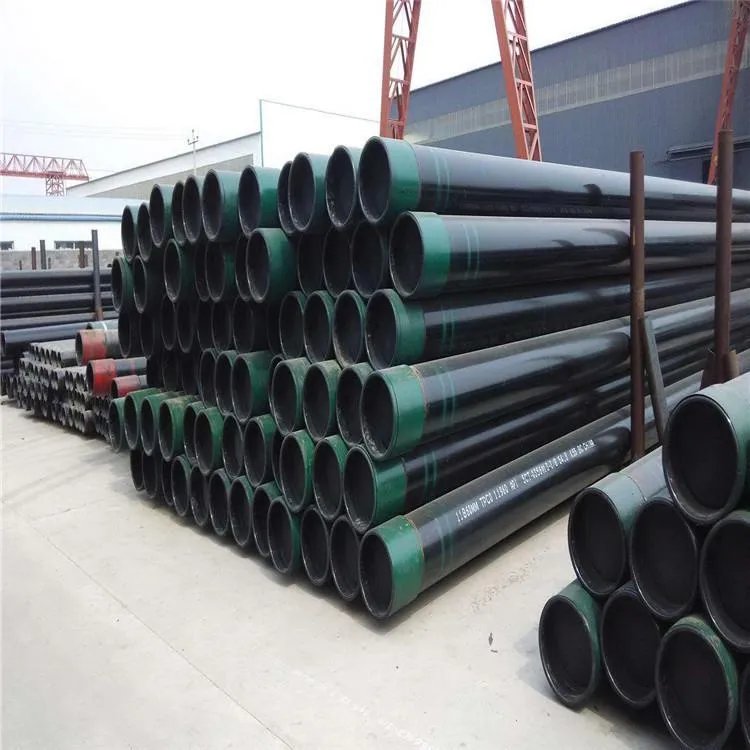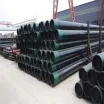
API Tubing
Classification :
Keywords:
oil country tubular goods API Tubing
MOQ:
1 ton
Customization:
Customized logo, Customized packaging, Graphic customization
- RELATED PRODUCTS -
- GET A FREE QUOTE -






Classification :
Keywords:
oil country tubular goods API Tubing
MOQ:
1 ton
Customization:
Customized logo, Customized packaging, Graphic customization
- RELATED PRODUCTS -
- GET A FREE QUOTE -